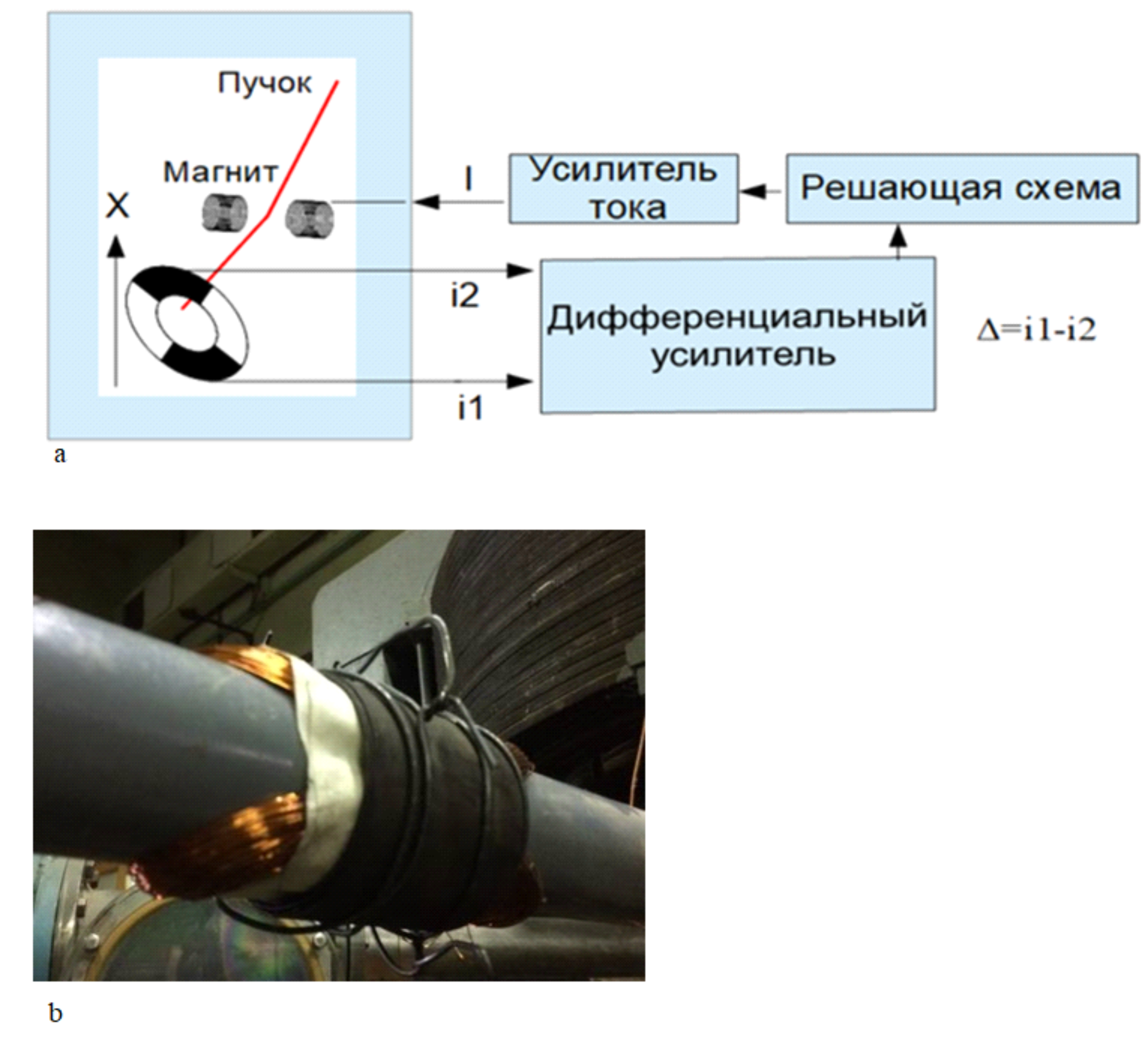- Details
"Methods for measuring the characteristics of delayed neutrons and verifying nuclear data"
Gremyachkin D.E. (Researcher, Institute of Physics and Power Engineering, Obninsk)
In the nuclear reactor physics, one of the most essential issues is the control of a fission chain reaction. As a result of fission, 2-3 neutrons are instantly emitted. A small fraction of neutrons, less than 1%, occurs with some delay after the fission event. Thus, delayed neutrons allow to address the issue of an uncontrolled fission chain reaction on prompt neutrons, since they slow down the response of the reactor to a change in reactivity.
Due to the accumulation of long-lived highly toxic minor actinides, it is necessary to study and develop approaches to their disposal. One of such approaches is adding of long-lived minor actinides produced during the operation of nuclear power facilities to nuclear fuel in order to use them for generating energy as a result of fission. The neutron spectrum in such facilities is harder. Therefore, for the safe control of such facilities, it is necessary to know with high accuracy the characteristics of delayed neutrons emitted during the fission of nuclei that constitute nuclear fuel.
The development of a complex method for measuring the characteristics of delayed neutrons emitted during the fission of actinides using fast neutrons based on the effects that distort the results, as well as the development of methods for verifying the estimated nuclear physics data using the obtained results and recommended data, will be considered.
As a result, a technique for measuring the characteristics of delayed neutrons based on the spectral characteristics of the primary source of neutrons has been improved, a method for processing experimental data based on the spectral characteristics of the primary source of neutrons has been developed and applied, a new approach to measuring the temporal characteristics of delayed neutrons in the fission of heavy nuclei using neutrons generated in the reaction T (d,n) on a solid target has been proposed and approaches to verifying the estimated nuclear data using experimental and recommended macroscopic data on delayed neutrons have been developed, new experimental data on the time parameters of delayed neutrons in the fission of actinide nuclei in a wide range of primary neutron energies have been obtained.
- Details
"Hydrated nanopowders as functional environment for adsorption energy devices and advanced electronics"
Doroshkevich A.S. (FLNP, JINR)
- Details
"Ion beam positioning and stabilization system for the EG-5 accelerator"
V.N. Semenov, V.S. Rikhvitsky, A.N. Likhachev, R.Sh. Isaev, A.S. Doroshkevich
In the frame of the EG-5 accelerator modernization project, the authors of the report developed an automated system for positioning and stabilizing the position of the ion beam (ASPSIB) in the ion guide of the EG-5 accelerator based on 4 current sensors and an electromagnetic deflection system (ESA, Fig.1.).
Calculations, modeling of processes in electrical circuits, tests on an optical layout were carried out.
The report will consider the principle of operation of the system, the main elements, the results of modeling and proposals for the development of this option.
Fig. 1. Block diagram of ASPSIB and the appearance of the deflecting systems on channel 2 of ESA EG-5.
- Details
"To the 75-th anniversary of V.L. Aksenov"
Programme:
1. On the scientific program for the NEPTUN reactor, V.L. Aksenov
2. About fundamental research at the NEPTUN reactor, Yu.N. Pokotilovsky
3. On the dynamics of pulsed reactors, E.P. Shabalin
- Details
"Signal Simulator of Spectrometer Detectors at the HRFD of the IBR-2M Reactor"
V. V. Shvetsov, N. V. Gorbunov, V. A. Drozdov
Almost the whole complex of spectrometers of the IBR-2M reactor is equipped with MPD data acquisition electronic system developed at FLNP and designed for processing and accumulating data from an array of point neutron detectors. In accordance with the development programmes of spectrometers, with an increase in the number of detector beamlines and neutron flux, requirements for data acquisition systems are increased. Currently, a new data acquisition system based on MPD-32 units is under development and debugging at FLNP. However, as a result of the shutdown of the reactor for a long period, complete tests of the MPD-32 system on spectrometers are impossible.
The aim of this paper was to develop a test stand with a simulator of reactor signals, choppers and detectors for the data acquisition system on the HRFD spectrometer of the IBR-2M reactor. Such a system will allow testing and complex debugging of the data acquisition system under laboratory conditions. The test stand provides generating of signals of a multichannel detector system with simulation of a typical time-of-flight spectrum of thermal neutrons at HRFD, FSD and other facilities. To estimate the maximum data acquisition rate of the MPD-32 system, the stand provides simulation of adjustable flux intensity for 32 detector signals and neutron chopper signals.



